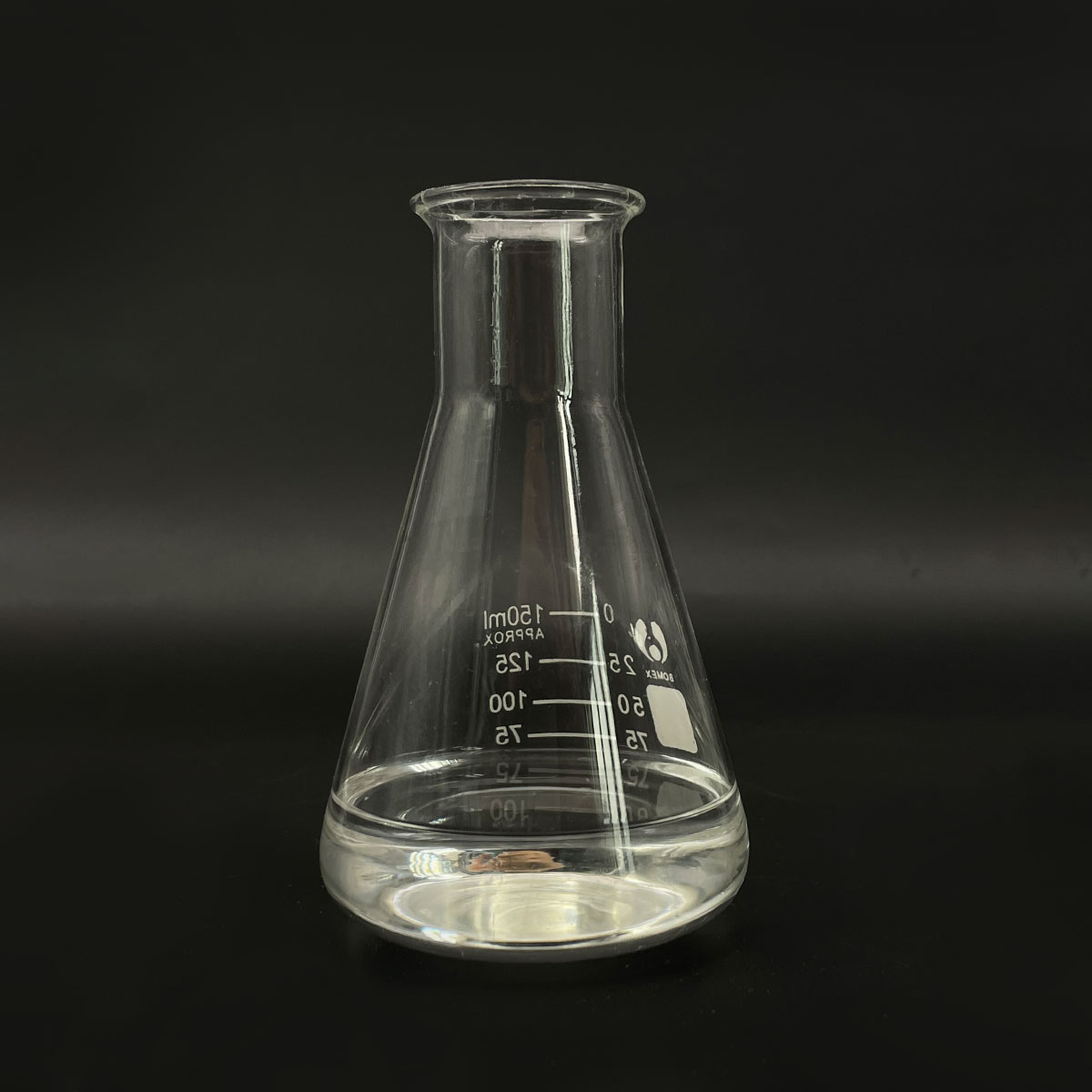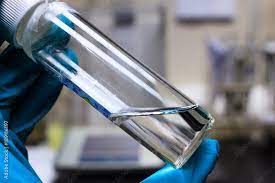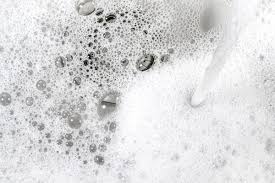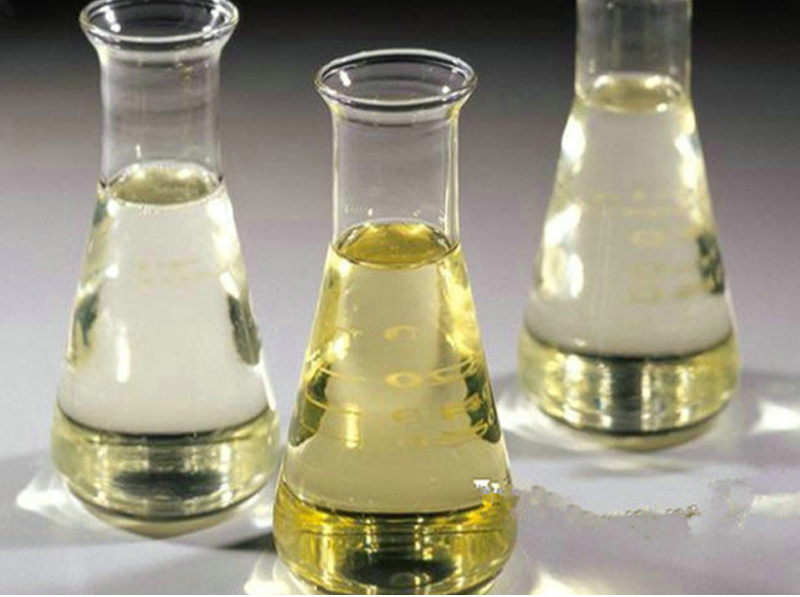**The Magic Behind Sudsy Science: How Soap’s Tiny Warriors Tackle Grease**
(How Do Surfactants Work)
Ever wonder why soap makes greasy dishes spotless or how shampoo lifts oil from hair? The secret lies in surfactants—tiny molecules that act like molecular janitors. These unsung heroes are everywhere, from laundry detergents to toothpaste. Let’s break down their science without the jargon.
Surfactants have a split personality. One part of the molecule loves water. The other part hates it. Picture a crowd of people holding magnets. Half the group is pulled toward a pool. The other half runs away. This tug-of-war creates action. When you wash your hands, surfactants rush to the scene. Their water-loving ends dive into the water. Their oil-loving ends latch onto grease or dirt. This teamwork pulls grime off surfaces.
Think of a drop of oil floating in water. Without help, oil and water stay separate. Surfactants change that. They surround oil droplets like bodyguards. The oil-loving parts stick to the grease. The water-loving parts face outward. Now, the oil is trapped in tiny bubbles called micelles. These micelles mix with water, letting oily gunk rinse away. It’s like turning a greasy pan into a clean slate with just a scrub.
Surfactants also mess with water’s surface tension. Water molecules cling tightly, creating a “skin.” That’s why bugs can walk on ponds. Surfactants loosen this grip. They wedge themselves between water molecules, making the liquid spread easier. This helps soapy water soak into fabrics or skin instead of beading up. Next time you see bubbles in a sink, thank surfactants for breaking water’s stubborn habits.
Not all surfactants work the same. Some are gentle, like those in baby shampoo. Others are tough, like the ones in industrial cleaners. Their strength depends on their structure. Longer oil-loving tails grab onto more grease. Shorter ones are milder. In toothpaste, surfactants make foam to spread the paste evenly. In fire extinguishers, they help smother flames by forming a blanket over burning liquids.
Ever notice how soap makes water feel “slippery”? That’s surfactants in action. They loosen dirt but also lift oils from your skin. Harsh surfactants can dry out hands. Mild ones clean without stripping moisture. This balance matters in products like facial cleansers. Companies tweak surfactant mixes to avoid irritation.
Surfactants even help in farming. Pesticides often use them to stick to plant leaves. Without surfactants, rain would wash the chemicals away. In oil spills, special surfactants break up crude oil. They let microbes digest the slick faster. These molecules aren’t just for chores—they save ecosystems too.
Bubbles are another surfactant party trick. When you blow a bubble, surfactants arrange themselves in thin layers. The water-loving sides face out and in. The oil-loving sides hide in the middle. This sandwich keeps the bubble intact until it dries or pops. Kids love bubbles, but chemists love them more—they’re proof of surfactants’ shape-shifting skills.
Surfactants have a dark side. Some are harsh on aquatic life. When they rinse down drains, they can harm fish or plants. Eco-friendly versions now break down faster after use. Scientists also cook up “green” surfactants from plants like coconuts. These clean just as well without lingering in nature.
(How Do Surfactants Work)
From kitchen sinks to lab beakers, surfactants are quiet workhorses. They don’t need applause. They just get the job done. Next time you scrub a pot or wash your hair, remember the tiny molecules doing the heavy lifting. They’re the reason grime doesn’t stand a chance.
Inquiry us
if you want to want to know more, please feel free to contact us. (nanotrun@yahoo.com)



